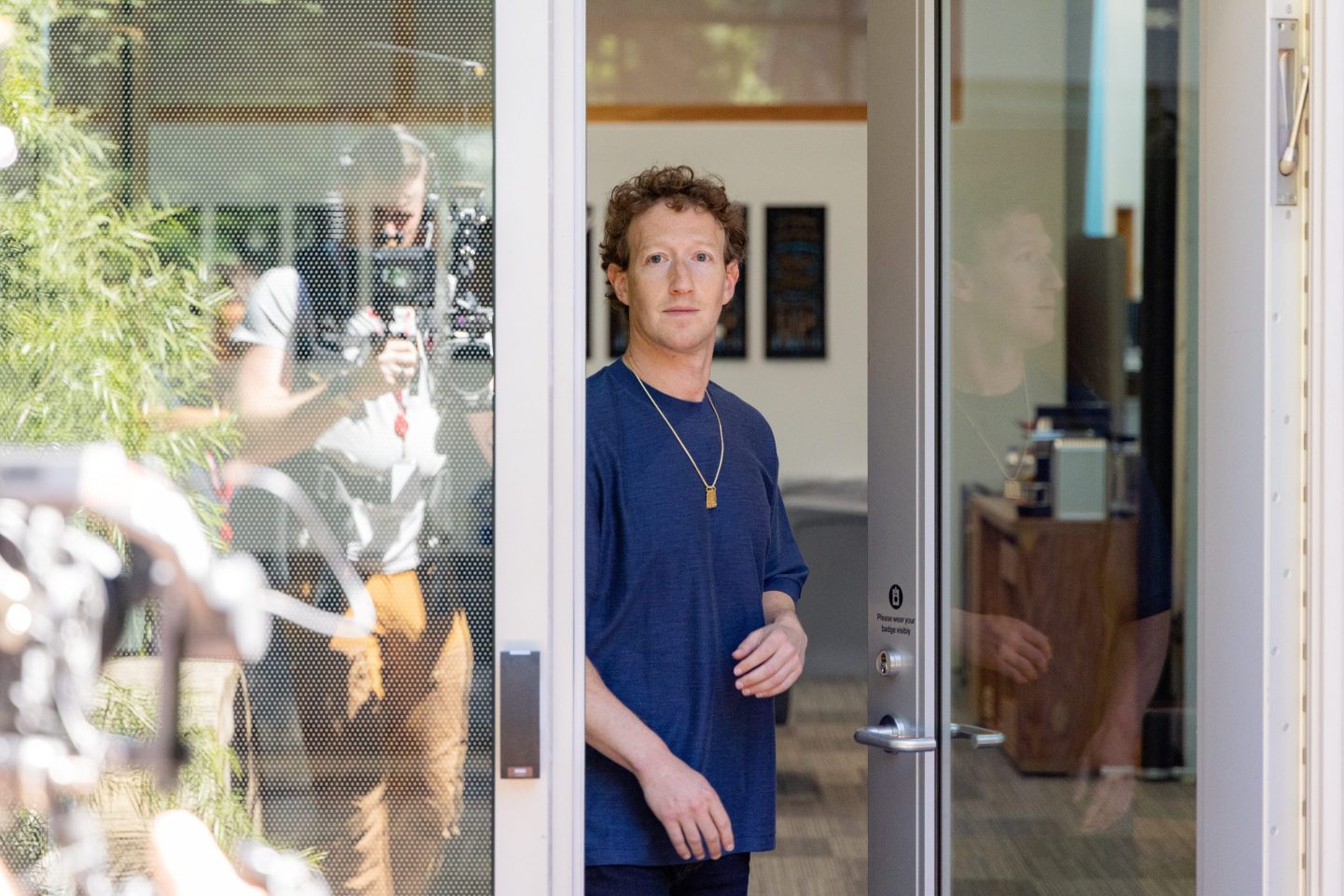The challenges that faced American manufacturing companies in December of 2003 will sound familiar to anyone who has been following the news in 2025: “Low-priced competitors in China, soaring health care costs, and flat sales of once-hot products” were among the headaches factory owners were struggling with, wrote Nelson D. Schwartz in Fortune magazine.
But despite dire predictions, Schwartz asserted, “the truth is that America’s manufacturing sector isn’t about to collapse.” On the contrary, automation and other technology-driven productivity gains had kept American factories humming—and growing by an average annual rate of 4.3% (compared with 2.2% for the overall nonfarm economy) between 1995 and 2000. (Since then, the picture has been mixed, with declines in recession years and during the COVID pandemic, and growth in many other years.)
The existential risk, Schwartz explained in 2003, wasn’t so much for factory owners as for their blue-collar employees: All that tech-driven efficiency and growth meant there were fewer jobs for humans. And a sector that found it could “make more with fewer workers” was going to keep doing just that, University of Michigan economist Donald Grimes told Schwartz: “Even if manufacturing holds on to its share of GDP, we are likely to continue to lose jobs because of productivity growth. I’m not sure there’s that much we can do about it. It’s like fighting a huge headwind.”
Schwartz featured one factory owner, Robert Stevenson of the fabric-cutting machine-maker Eastman Machine, who had found a path to survival through innovation. His then-115-year-old family business had leaned into highly automated, pricey cutting machines that were harder to copy. “We took our expertise in cutting and said, ‘Let’s get out of the commodity business and move into a custom niche business, where we can be competitive for years to come,’” Stevenson explained. (And indeed, Eastman is still doing business in Buffalo, N.Y.)
One headache Stevenson didn’t have to contend with two decades ago: the punishing tariffs on foreign goods that the Trump administration is putting into effect this year. Stevenson was against such protectionist policies, he told Schwartz. “This company depends on free trade,” said Stevenson, noting that 50% of Eastman’s business came from overseas, and that proportion was likely to grow. “If we sit here and whine about China overtaking us because of their lower cost of labor, that’s a game we’re never going to win,” he said.
On this Labor Day, 22 years later, the rise of AI looms over American workers of all stripes, threatening to put even more of us out of work. But there’s perhaps some comfort to glean from the fact that, as Schwartz put it, “we’ve been here before”: The U.S. shifted from an agrarian economy where 38% of Americans worked on a farm in 1900, to one where automation and efficiency gains (as well as migrant labor) meant only 2% of Americans farmed for a living, he noted. Generations of workers moved into cities and suburbs and found jobs in new industries.
“Does it cause a lot of dislocation? Of course it does,” the University of Michigan’s Grimes told Schwartz. “But in the end, we’ve adjusted.”






